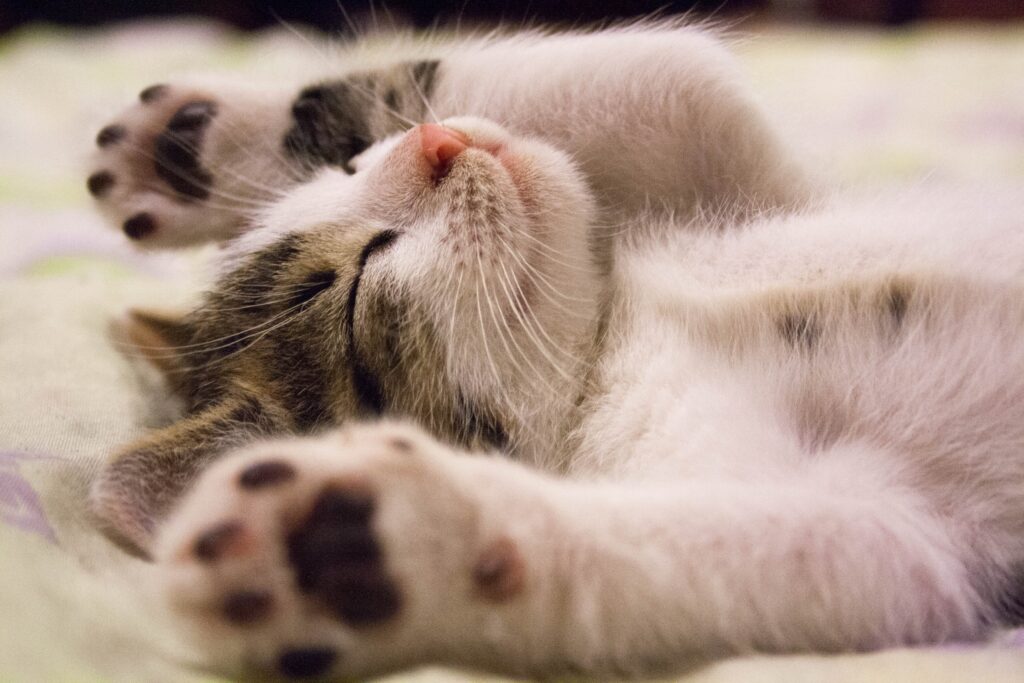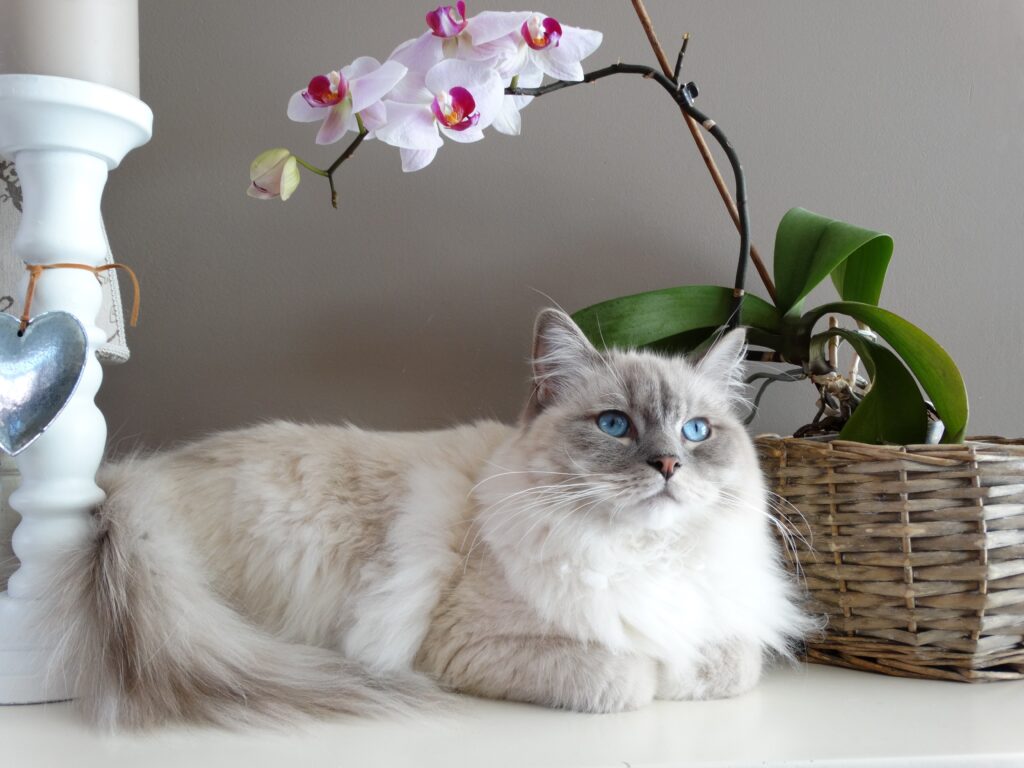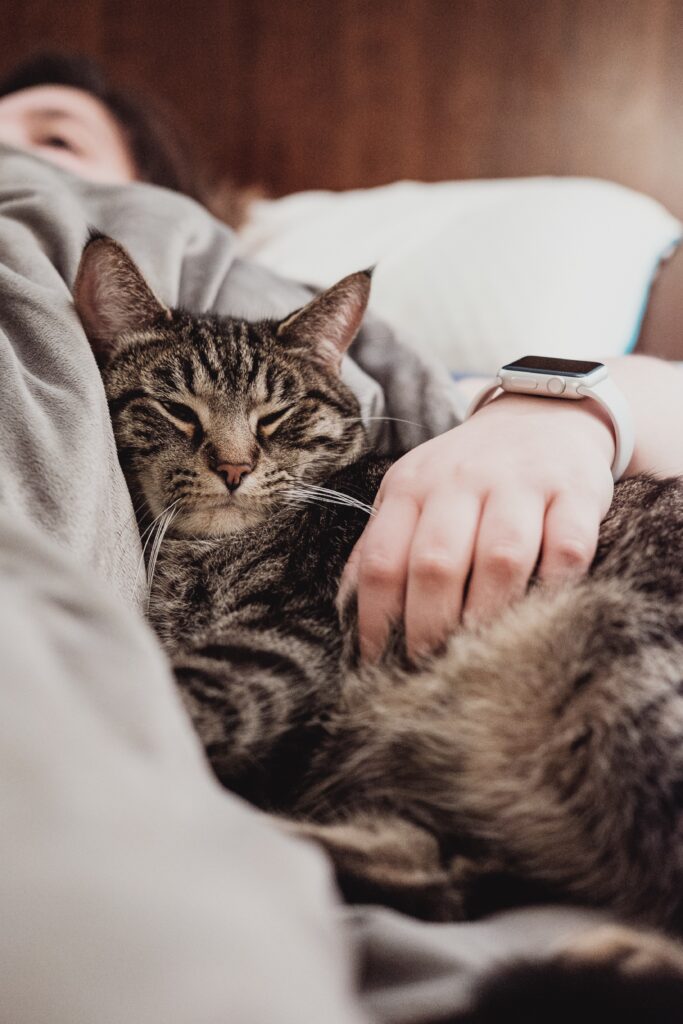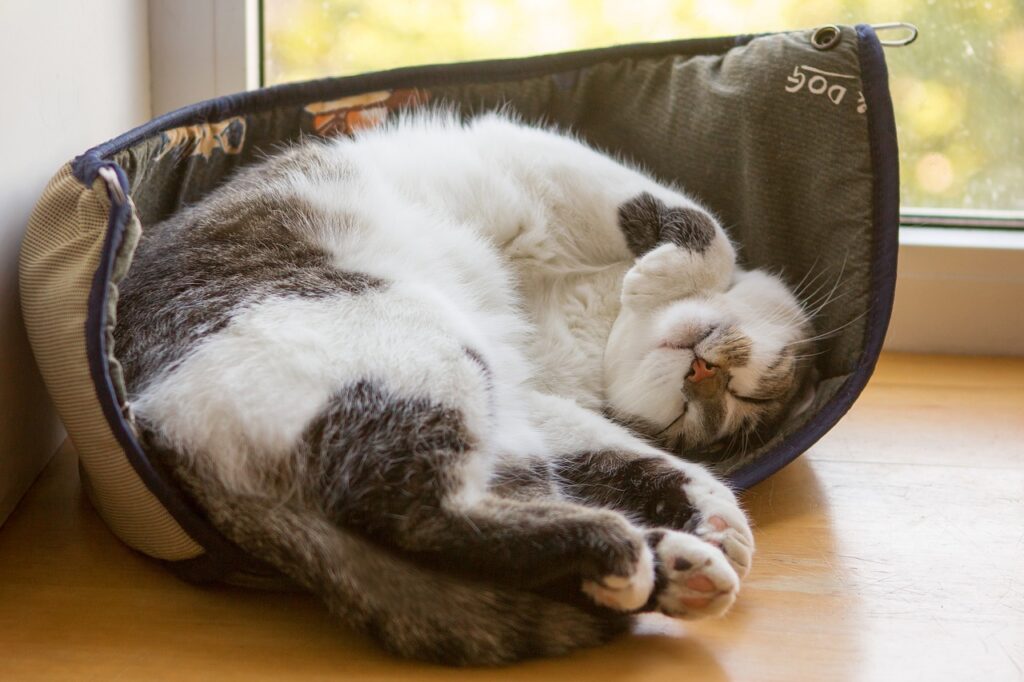Discover simple tips for a healthy, happy feline, from health checks to socializing. Our guide is designed for everyone, making cat ownership straightforward and enjoyable! For detailed insights into cat health, dive deeper by reading more here.
Check Your New Kitten's Well-being Weekly: A Routine for a Happy and Healthy Companion

Bringing home a new caramel kitten is an exciting adventure filled with joy and curiosity. As you embark on this unique experience, it’s crucial to prioritize your furry friend’s health and well-being. Here’s a first time cat owner tips to conduct essential health checks for your new bundle of fur.
1. Ears: Take a moment to inspect your kitten’s ears. Cleanliness is key, and there shouldn’t be excessive scratching, which could indicate potential issues.
2. Eyes: Bright and clear eyes are signs of a healthy kitten. Ensure there is no discharge, which could be a red flag for eye problems.
3. Nose: A clean, cool, and moist nose is an indicator of good health. Pay attention to any signs of discharge or excessive dryness.
4. Mouth: Healthy gums are pale pink, and your kitten’s breath shouldn’t be unpleasant. Regularly check for signs of dental issues or bad breath.
5. Coat: A glossy, thick, and flea-free coat is a positive sign. Keep an eye out for any signs of skin irritation or excessive shedding.
6. Legs and Paws: Gently examine your kitten’s legs and paws. Ensure they are straight and strong with no signs of lameness or discomfort.
7. Abdomen: A toned and rounded abdomen is healthy. Watch out for any swelling or bloating, as it could indicate digestive or internal issues.
Simple Home Checks for Your Adult Feline

Keeping your adult cat in tip-top shape is a responsibility that comes with immense joy and companionship. Regular home examinations are a proactive way to ensure your cat’s continued well-being.
1. Ears: Regularly inspect your cat’s ears for cleanliness and any unusual odors. Keeping their ears free from dirt and debris is crucial for preventing infections.
2. Eyes: Bright, clear eyes without any discharge are signs of good health. If you notice any redness or persistent tearing, it’s essential to consult with your veterinarian.
3. Mouth: A healthy mouth contributes to overall well-being. Check for pink gums, white teeth, and fresh breath. If you observe any signs of dental issues, such as tartar buildup or redness, it’s time for a vet visit.
4. Nose: Ensure your cat’s nose is clean and moist, with no signs of excessive sneezing. Persistent sneezing or nasal discharge may indicate an underlying issue. Some black tarry crusts are normal.
5. Coat: A glossy and thick coat is a positive indicator of your cat’s health. Keep an eye out for any bald patches, skin irritations, or signs of parasites, such as fleas or ticks.
6. Abdomen: Gently feel your cat’s abdomen for a natural indent at the waist. A rounded and protruding stomach could signal weight issues or potential health concerns.
7. Paws: Check for even weight distribution on all four legs. Any signs of limping or discomfort may indicate joint or paw issues that require attention. Some breeds like Scottish Shorthair needs special attention.
By incorporating these simple home checks into your routine, as a new cat owner, you play a crucial role in maintaining your cat’s well-being. Remember, early detection is key, so if you notice any changes or concerns during these examinations, don’t hesitate to consult with your veterinarian or write us.
Settling In Your New Cat: Creating a Smooth Transition
Help your new kitten feel at home with these thoughtful steps:
1. Introduction: Ease the transition by allowing your kitten to observe its surroundings from a carrier in a quiet room. This provides a safe space for initial exploration.
2. Children & Kittens: Foster a gradual bond between your kitten and children by supervising interactions, allowing the kitten to build confidence at its own pace.
3. Exploration: Encourage a stress-free settling process by letting your kitten explore its new environment at its own pace.

Support your adult cat in acclimating to its new home:
1. Initiating Contact: Allow your adult cat to explore and initiate contact with its surroundings. This helps build a sense of familiarity.
2. Fearful Beginnings: Be patient if your cat displays fearful behavior initially. Create a calm environment with hiding spots for added security.
3. Calm Environment: Provide a serene space with hiding spots for your adult cat to retreat to when needed.
Remember, how to be a good cat owner, keeping your cat healthy is as easy as giving them a little love and attention. If something seems off during your check-ups, don’t be shy – chat with us or your vet. Happy cats make happy homes, so let’s keep those tails wagging and whiskers twitching.



